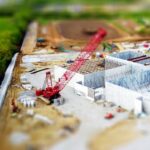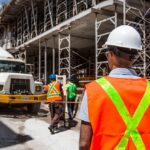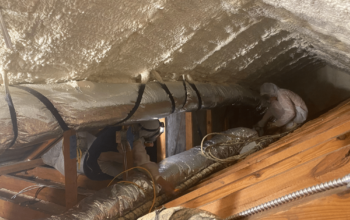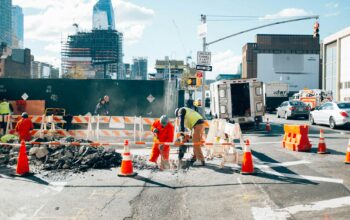Soil plays an integral part in the design phase and construction of structures of any capacity. Since there is contact with the building, this creates a platform for load transfer. In order to analyze the forces manipulating the construction, those responsible need to factor the soil’s stress distribution because the soil properties will determine the stability of the structure.
Providing geotechnical input is critical feedback prior to the design aspect in an effort to learn the subsoil’s characteristics where the project will take place. Professionals performing the studies implement complex chemistries, various tools including a specialized calculator, and a few different methods depending on the site.
What is Soil Stabilization?
Using a variety of stabilizing agents to improve the properties of weak soil is soil stabilization. It is done in an effort to make the ground suitable for constructing a piece of property onto the plot. By reducing compressibility and permeability and increasing the overall strength, stability develops, creating a capacity to bear weight.
This is especially important for an adequate, durable foundation meant to endure a long lifespan. A foundation will transfer its entire load to the soil. If the consistency is weak, over time, this base will gradually compact and ultimately consolidate, resulting in the settlement of the building.
There is the potential for cracks in the foundation, which can have dire consequences. These issues have the possibility of prevention through stabilization.
What Are The Stabilization Techniques?
For stabilizing the soil, there are a few different methods implemented and different uses. Follow to learn one place the technique is used. Two types are as follows:
- Stabilization In Situ: With this method, the agents are applied to the ground without removing anything from the site. The technique can be used in cases where there will be a shallow foundation, a deep foundation, or if there is a contamination of the site. It is done using techniques such as injecting or grouting.
In grouting, the stabilizers are injected into the medium either through a suspension or a solution. Wet or dry will be based on the moisture content, soil conditions, nature of the construction, and binder’s effectiveness.
- Stabilization Ex-Situ: Ex-situ requires removing sediments from its original locations to another area. The process is not typical for standard properties. These can be seen with river dredging or channels, ports.
Creating a solid, secure platform for the foundation to rest is crucial because it will ultimately bear the entire load of the constructed property in any condition, whether it be dead weight, the seismic, live, wind, etc. Structures will deem as safe if their foundation is identified as safe. This can only take place if the ground it sits on is recognized as strong.
The process of studying the soil and rendering it stable for the building of a property can prove to be a hefty investment. But when you consider the potential return on your investment with less chance for settling or foundation issues, not to mention improvements in soil quality, it proves worth it.
No one wants to worry over the safety of a home or business due to the potential for foundation problems. Creating stability from the ground up helps to alleviate these worries beginning with the design phase and provides a sense of security for the lifespan of the property.

Final Word
Constructing a new property, be it a home or commercial building, is a massive undertaking requiring considerable cost, time, and effort, whether you do it yourself or involve professional contractors. It’s not something you want to invest in only to have problems develop like settling or other issues related to the foundation.
In selecting the property’s location, a critical aspect will be hiring experts to analyze the site for stability to ensure it is strong enough to carry the load of a structure. Or finding creative solutions to implement stabilizing methodology.
The process is key to the design phase and, from that point, constructing the property.
It is invaluable to know that you own an ideal plot capable of carrying a significant load regardless of conditions that may affect the surrounding property. The confidence that a durable, strengthened base can provide can last for an extended lifespan compared to those that have not gone through the stabilizing process. Peace of mind can in itself serve as a sort of return on the investment.
Related Posts












